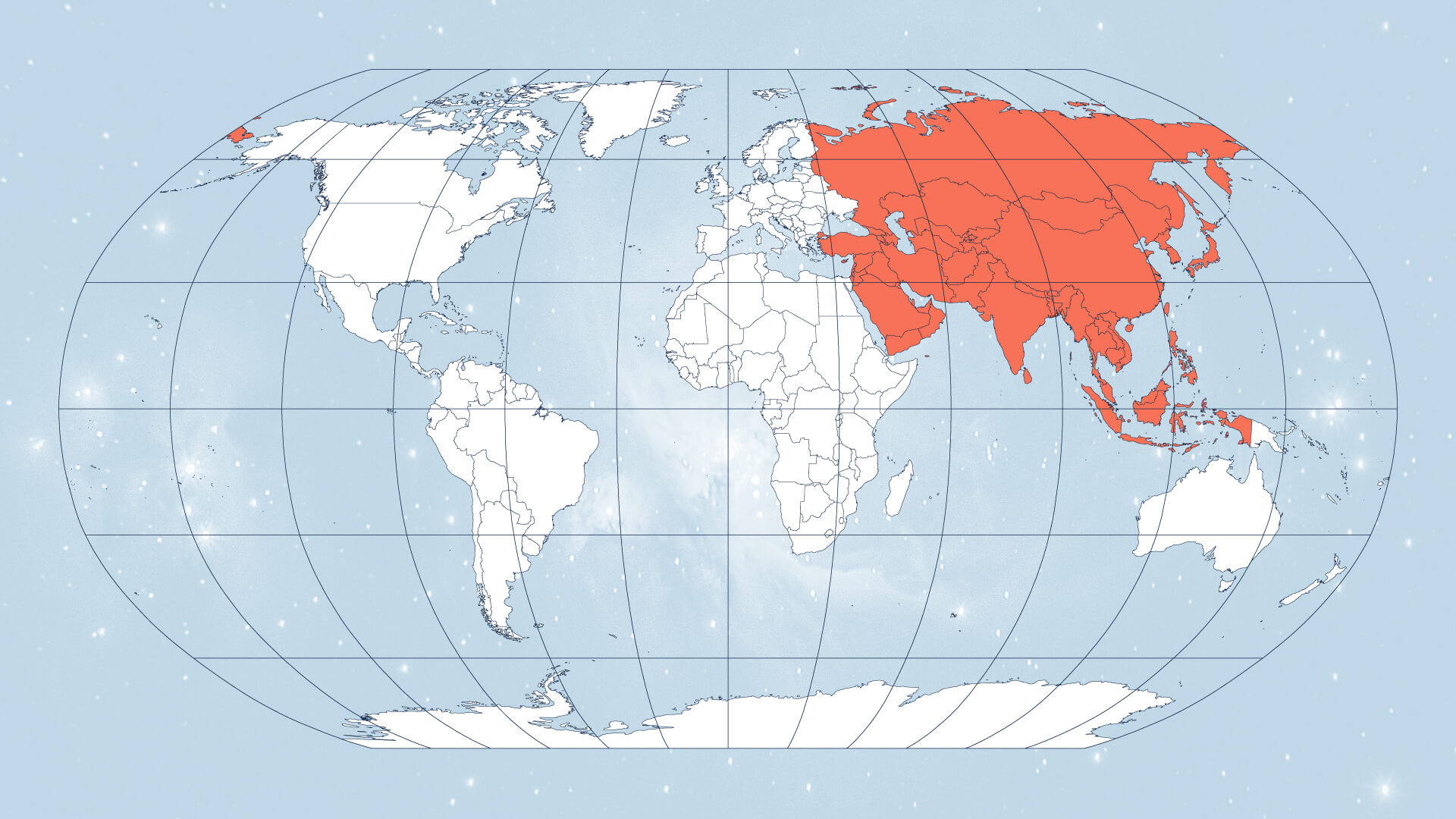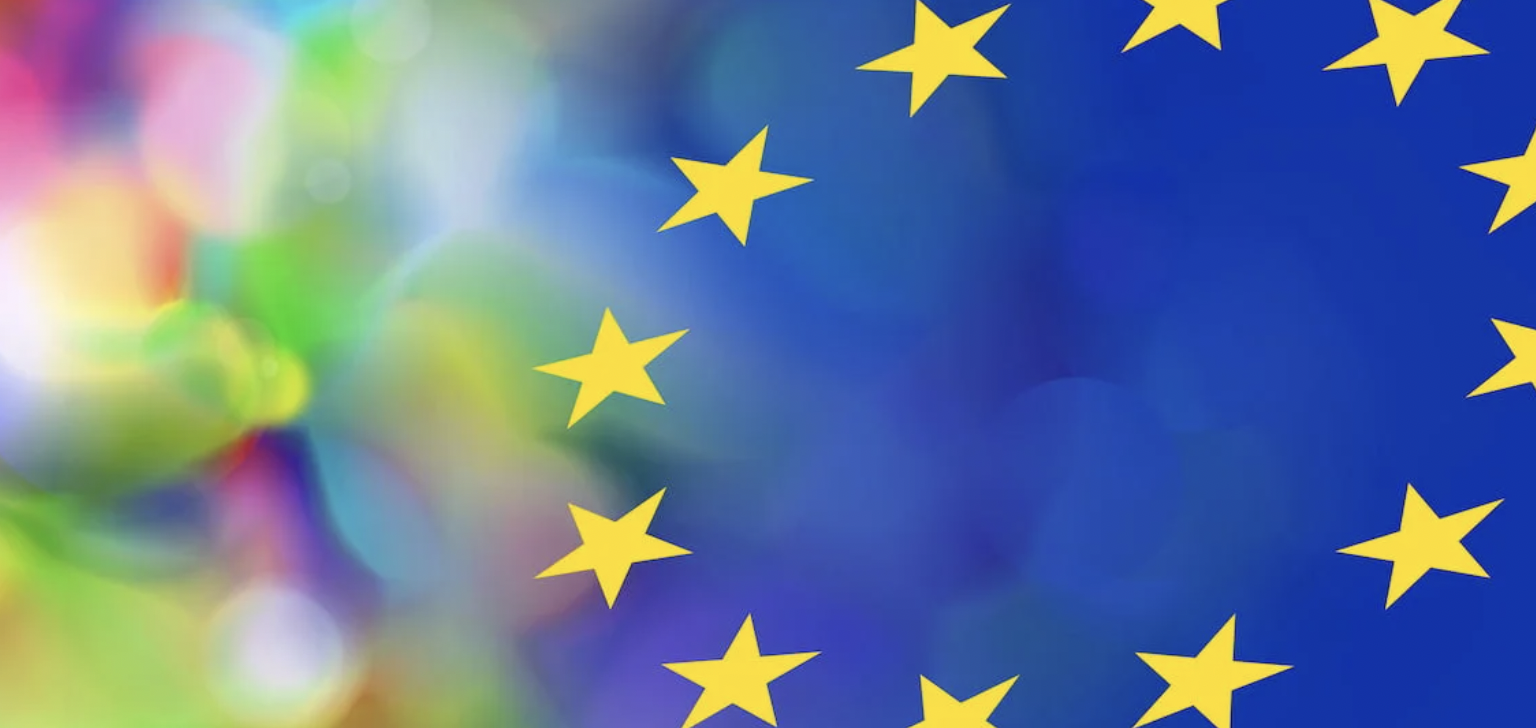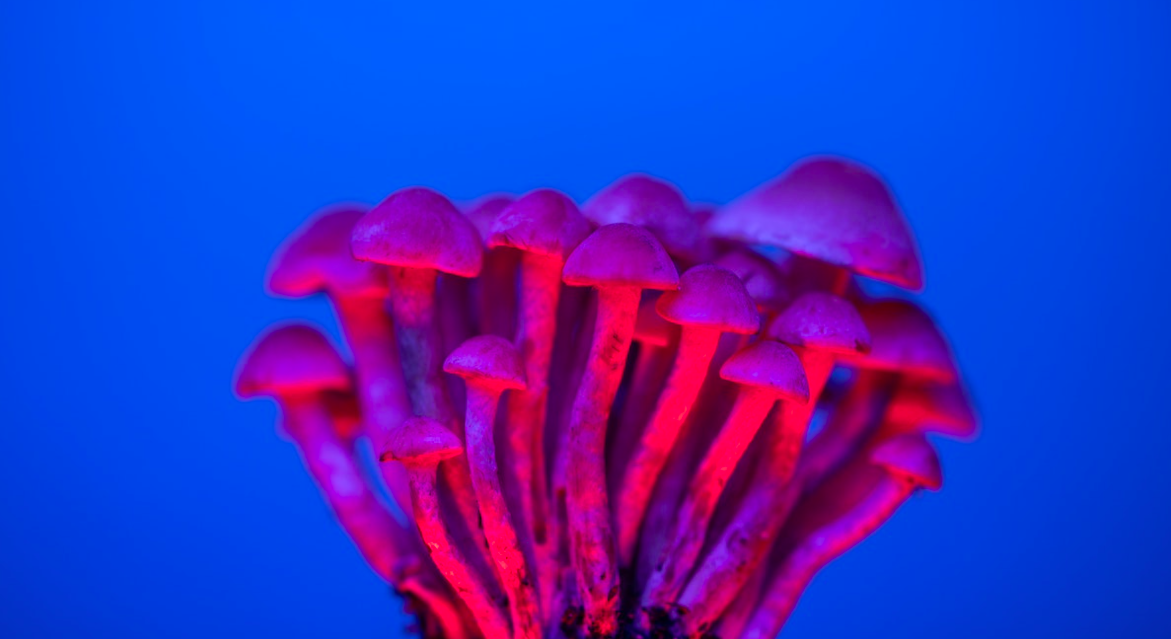
Despite Asia’s rich history of psychedelic experience, the state of psychedelic study and commercial exploration varies widely across the continent.
While some countries are forging ahead with research, it appears formal research activity is non-existent in many regions of the continent, known for its traditional hard-line stance on psychedelics generally.
However, as the planet’s most populous continent, the potential scope of the medical psychedelic market and its possible impact on the region is extensive.
The global psychedelics market is heating up, projected to reach a value of US$100 billion and bring about US$1 trillion in healthcare savings. Research efforts into psychedelics, which fell dormant in the 1960s, have been revitalised in new regions around the world.
In Asia, potential healthcare savings could be vast – according to the World Health Organization, depression alone costs China US$7.6 billion in lost workdays, medical expenses and funeral expenses annually. Between 2012 and 2030, these conditions will slow productivity in China by more than US$9 trillion.
This two-part series will examine psychedelic history, research efforts and business activity throughout Asia.
History of Psychedelics in Asia
The consumption of hallucinogens has been noted throughout the histories of several Asian geographies. Soma, an elixir thought to contain the highly psychedelic Amanita muscaria (Fly Agaric mushroom), is referenced heavily in ancient Hindu Sanskrit texts. Thousands of miles north in Siberia, the same compound was used by indigenous peoples, particularly by shamans wishing for a trance-like state. The fungi are depicted across several other cultures throughout Asia and northern and eastern Europe.
‘Conscious-expanding sacraments, or entheogens, have been used in East and South Asian religious traditions for millennia,’ explained Dr Mark Berkson, a religion professor from Hamline University. ‘In the Rig Veda, a text that is over 3,000 years old and remains sacred to Hindus to the present day, the psychoactive sacrament soma was the subject of hymns of praise for its power to bring those who consume it in contact with the gods.’
There are also many early references to potential psychedelic experiences in centuries-old Chinese art. The lingzhi fungi, which translates to ‘divine mushrooms’, became a popular figure in illustrations and sculptures from the 16th to 19th centuries, but references also appeared in texts hundreds of years prior.
‘Several Chinese Daoist texts proclaim the spiritual power of mushrooms, which could be used to produce mystical visions and ecstatic journeys, and which were said to promote longevity or even immortality,’ Dr Berkson told PSYCH.
‘Many Asian religious traditions feature the belief that the transformation of consciousness through the ingestion of entheogens (along with other practices ranging from physical exercises to meditation and breath control) is an important part of the path to spiritual transformation.’
Psychedelic Research in Asia – Off to a Slow Start
In terms of psychedelic research, Asia is considered a late adopter, possibly due to the taboo nature of psychotropics throughout the region.
‘In Asia, the stigma against psychedelics is so strong that few, if any, researchers have asked for government permission to explore their therapeutic potential,’ Brad Burge, the director of strategic communications at MAPS, told Forbes.
However, the potential therapeutic benefits of entheogens on mental healthcare in Asia could have a profound impact on populations throughout the region; and in countries where suicide rates are some of the highest in the world, some contend there’s an economic and societal imperative to further study psychedelic-assisted therapies.
This argument may help drive government and community support as well as reduce stigmas around the compounds.
‘Since research suggests that [psychedelic therapies] only require a few sessions to be effective, [they] are likely to be much cheaper for treating serious mental illnesses,’ Burge says. ‘This economic imperative to explore psychedelic-assisted therapies may be the most convincing argument for getting funding and support from Asian nations.’
Despite overarching negative perception towards illegal drugs in the region, efforts to increase research into the medicinal potential of psychedelics are emerging.
The Psychedelic Research Institute, a partnership between Psychedelic Science Corp., a subsidiary of NutritionalHigh (CSE: EAT), (OTCQB: SPLIF), and Rangsit University in Thailand, was established in June 2020, with its initial study focused on psychoactive cacti and mushrooms. The work will examine the efficacy of these compounds on mental disorders as well as on appetite suppression, officials say.
Attitudes toward medicinal ketamine are also warming. Several (currently inactive) clinical trials originated in China studying ketamine’s efficacy on a variety of ailments, including postpartum depression, major depressive disorder (MDD), and autism symptoms, as reported in The Psychedelics as Medicine Report: Second Edition.
Government officials in Singapore, a country known for its hard-line stance on mind-altering substances, recently approved the use of a ketamine nasal spray made by Johnson & Johnson for people suffering from MDD. These small victories for psychedelic therapies could indicate a potential paradigm shift in the continent in coming years.
Part two: Psychedelic Investments in the Asian Region
Despite a delayed start in research efforts when compared to North America and Europe, the economic and social growth potential in Asia is becoming clearer as operators and researchers begin and continue work with psychedelic medicines in the region.
In part two of the PSYCH examination of the Asian psychedelic space, we explore companies forging an early path and the value of the marketplace on a micro and macro scale.


